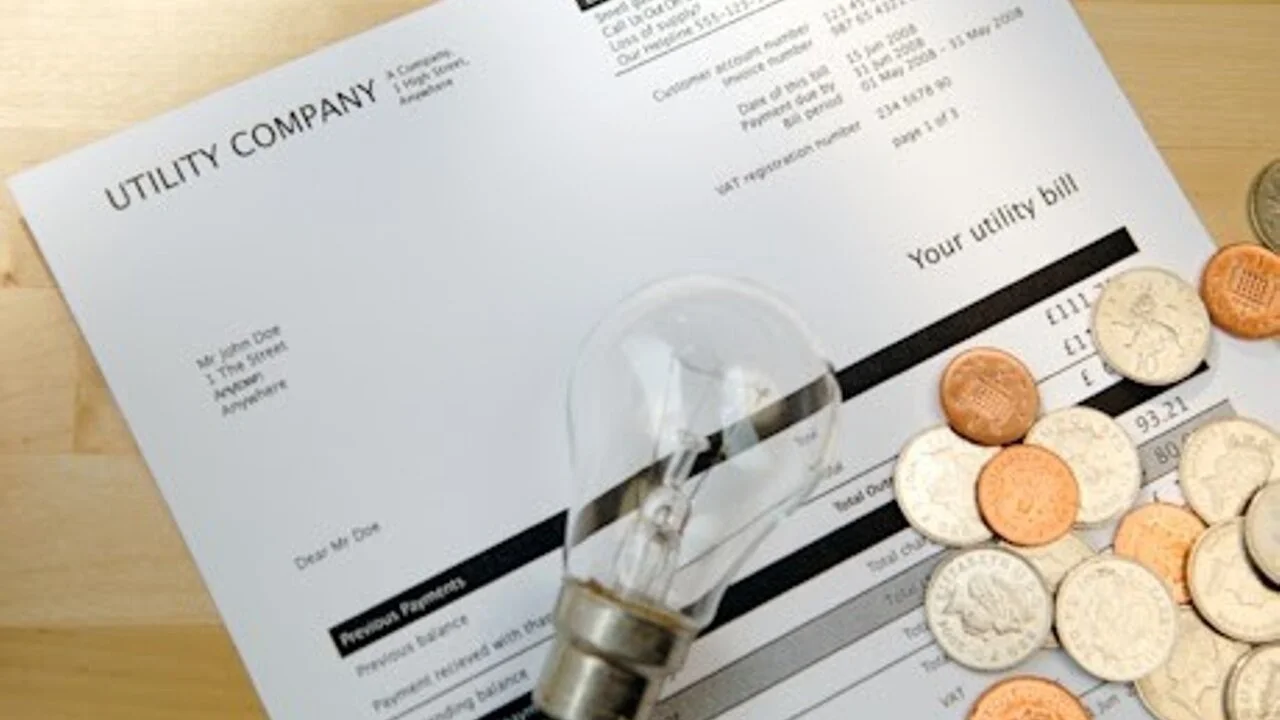Utilities – they may not be the sexiest part of your multifamily investing strategy, but if you’re not evaluating your approach to them, you could be missing out on serious cash. That’s particularly the case if you own an older property that lacks submetering and/or utilities are baked into the price of your resident’s rent.
This review will examine the advantages of two of the leading utility billing systems: submetering and ratio utility billing systems (RUBS). We’ll also address other ways for multifamily investors to reclaim money on utilities, including utility benchmarking, convergent billing, and vacant cost recovery.
Submetering: Pricey But Highly Effective
If utilities in your multifamily property are still on a combined system or if you have a project coming out of the dirt, it might make sense to investigate investing in a submetering system for major utilities such as gas, water, and electricity. Submetering tracks each unit’s usage, and therefore, it is the most reliable way to charge residents for their precise utility usage accurately. Furthermore, since submetering holds each resident accountable for their individual utility use, it can motivate residents to reduce their water and energy consumption.
While breakthroughs have driven down the cost of submetering, it can still be a costly process, and therefore, it isn’t suitable for everyone. To establish the price point for submeter installation in your area, obtain quotes from various submeter installation firms in your area.
Ratio Utility Billing System (RUBS): A Economical Option
If submetering exceeds your budget, using a Ratio Utility Billing System (RUBS) could be the answer. contrary to submetering, RUBS usually does not require any capital expenditure or connecting of any equipment
Instead, RUBS employs a standardized process to designate a fair fraction of the building’s overall utility charges to each unit. This approach considers factors like the number of bathrooms and the number of residents plus the unit’s overall size. Public-service fees are then invoiced to residents via RUBS, including electricity, gas, water, sewer, and trash.
RUBS can be launched turnkey at zero cost to the property owner and billed to residents in their overall monthly utility bill in many scenarios.
Some industry authorities say RUBS results in a 5%-40% decline in overall utility use. In addition, RUBS has been endorsed by both the National Apartment Association (NAA), National Multihousing Council (NMHC), and the U.S. Environmental Protection Agency as an attractive approach for apartment managers to reward their residents for preserving water and reducing electricity use.
Utility Benchmarking: Knowledge is Power
Utility benchmarking requires analyzing and tracking an apartment’s utility use over some time. The conclusions can parallel a community to similar properties and identify ways to lessen the property’s utility use.
Benchmarking a community’s public works needs has a range of commensurate advantages, namely assisting property owners to descry billing variances, locate malfunctioning equipment, and gain approval for green federals funding programs, like Freddie Mac’s Green Advantage or Fannie Mae’s Green Financing programs.
Benchmarking everyday living costs at apartment communities is voluntary in most parts of the U.S. However, it is now compulsory for structures over a specific size in many states. HUD has also considered demanding that multifamily borrowers participate in utility benchmarking, although those guidelines have not yet been brought to the forefront.
Convergent Billing: An Effective Payment Compliance Method
At some apartment communities, notably older ones, residents may often face multiple, separate bills per month for public works services and other expenses. There are numerous moving parts here that can lead to residents overlooking paying some of their accounts. However, in the manner of convergent billing, all of a resident’s bills (including rent and all utilities) are bundled into one statement. A streamlined approach increases the likelihood that residents will pay their bills on time.
Vacant Cost Recovery: Reflective Billing and History Audit
Quietly, on average, 3-5% of all pre-COVID apartment residents aren’t paying their utility bills – generally due to oversight that leaves the community answerable for covering the unit’s utility costs (i.e., the fees for public works services that are not yet in the resident’s name). Vacant Cost Recovery (VCR), interchangeably referred to as Vacant Unit Cost Recovery (VUCR), is how a third-party firm examines a building’s utility use and billing records to charge residents for their earlier outstanding utility usage. At larger apartment communities, 300+ units or more, this can often result in the retrieval of thousands of dollars in utility fees.
The Bottom Line: Utility Decisions Matter
The big takeaway is that multifamily apartment managers should put more consideration into their utility systems. A few strategic decisions can result in significant cost savings that, in turn, improve an investor’s ROI. If you haven’t reviewed these options yet, make 2021 the year you do!
